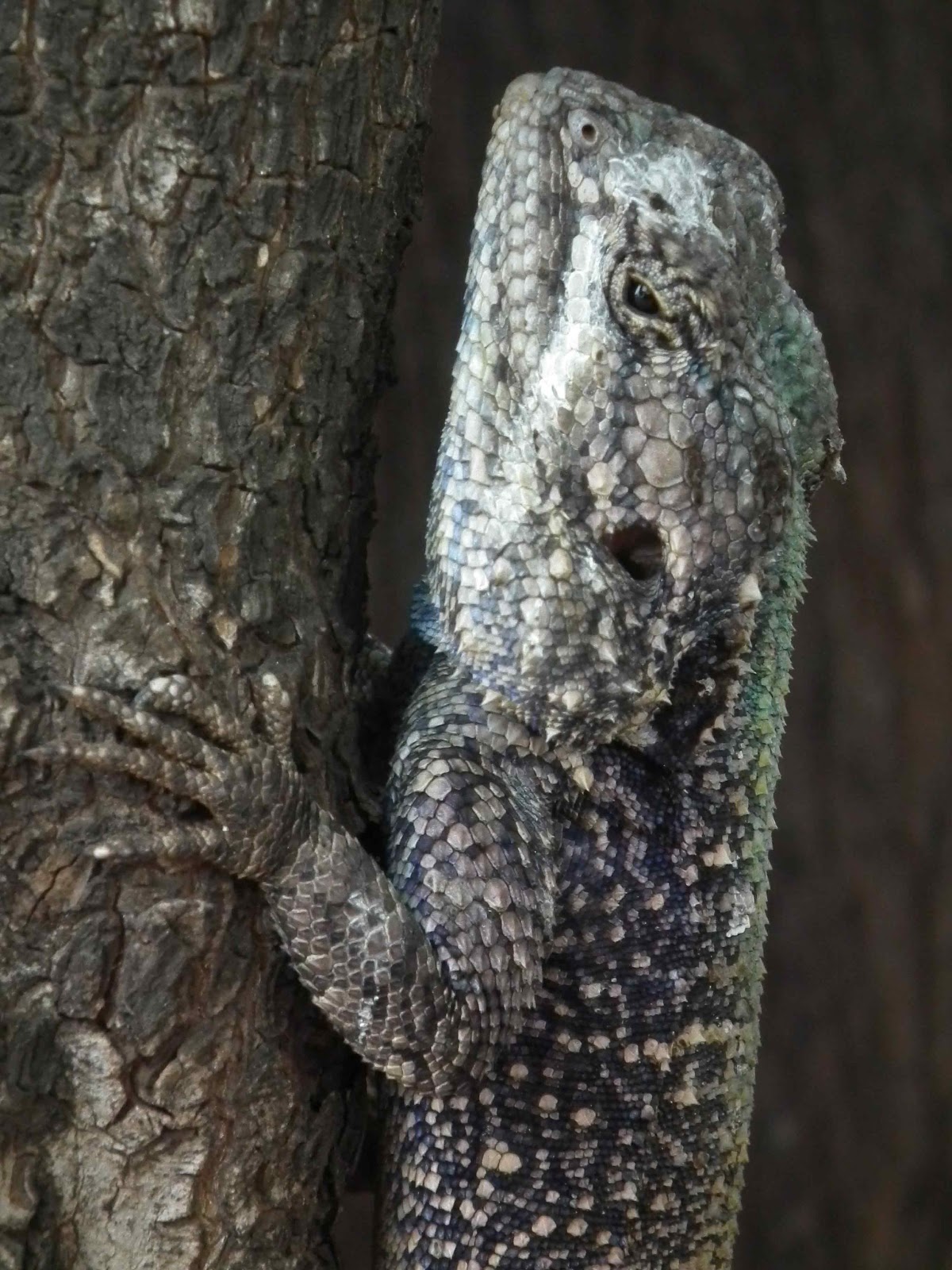 And so I have been back a little over a month, and it is almost Christmas.The celebrations are in full swing - tonight (Saturday) we are having the Village Carols around the forge, and tomorrow the Youth Club will take the morning service, and the evening will be our service of Carols by Candle-Light. And, of course, on Tuesday we will welcome the King as we celebrate Christmas Day.
And so I have been back a little over a month, and it is almost Christmas.The celebrations are in full swing - tonight (Saturday) we are having the Village Carols around the forge, and tomorrow the Youth Club will take the morning service, and the evening will be our service of Carols by Candle-Light. And, of course, on Tuesday we will welcome the King as we celebrate Christmas Day. Yet amongst it all there is a feeling of too much - not with the services, although sometimes it seems a little over the top; but certainly with the frenetic business of it all. The shops will be shut for one, maybe two, days, and yet it seems that everyone is engaged in a frantice buying spree. The Mayans may have got it wrong, yet so many are buying as if the world will end tomorrow.
 We are so fortunate to have all that we have, and sometimes it seems we just take it all for granted. It struck me particularly when we took the Youth Club to Cribb's Causeway for their annual shopping spree. The Mall was full of lights and the shops were full of glitter. Outside, the ice-rink and associated Winter Wonderland were in full swing. And everywhere, people were buying as if their lives depended upon it. And just for a moment the superficiality of it all overwhelmed me. I like my stuff - I have a lot of it, like nearly everyone else in the West. But stuff is not what it should be all about.
We are so fortunate to have all that we have, and sometimes it seems we just take it all for granted. It struck me particularly when we took the Youth Club to Cribb's Causeway for their annual shopping spree. The Mall was full of lights and the shops were full of glitter. Outside, the ice-rink and associated Winter Wonderland were in full swing. And everywhere, people were buying as if their lives depended upon it. And just for a moment the superficiality of it all overwhelmed me. I like my stuff - I have a lot of it, like nearly everyone else in the West. But stuff is not what it should be all about.About a century ago W.H.Davies asked that well known question -
What is life, if full of care, we have no time to stand and stare?
In it comes the echo of God's challenge to his people -
Be still and know that I am God.
 Whether in Africa or in the West, still the challenge comes. And somehow it is easier to pause for a while in Africa. It is not that life is easy - it certainly is not. But the clamour of stuff is not so loud, the distractions of things are not so insistent. I hope and pray that those people who graciously shared their time with me in Africa may have the opportunity to enjoy the good things of life that I take for granted as a citizen of a wealthy Western nation. But I also pray that we in the West may not be so dazzled by stuff that we forget to be still, and that our sisters and brothers in Africa may teach us how to stand and stare - even in the midst of the cares of life.
Whether in Africa or in the West, still the challenge comes. And somehow it is easier to pause for a while in Africa. It is not that life is easy - it certainly is not. But the clamour of stuff is not so loud, the distractions of things are not so insistent. I hope and pray that those people who graciously shared their time with me in Africa may have the opportunity to enjoy the good things of life that I take for granted as a citizen of a wealthy Western nation. But I also pray that we in the West may not be so dazzled by stuff that we forget to be still, and that our sisters and brothers in Africa may teach us how to stand and stare - even in the midst of the cares of life.And as we are still, may we know the hope of Christ as we celebrate his birth this Christmas.























































